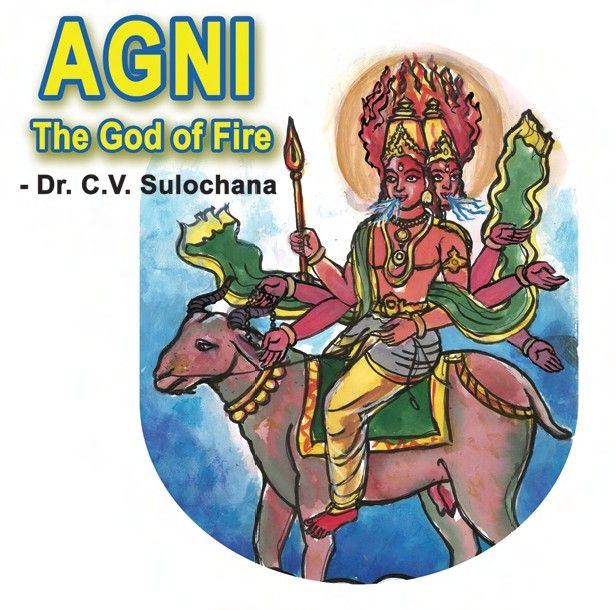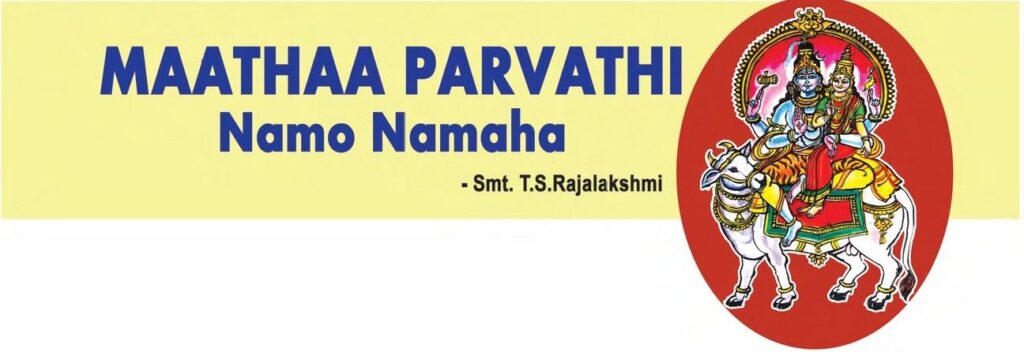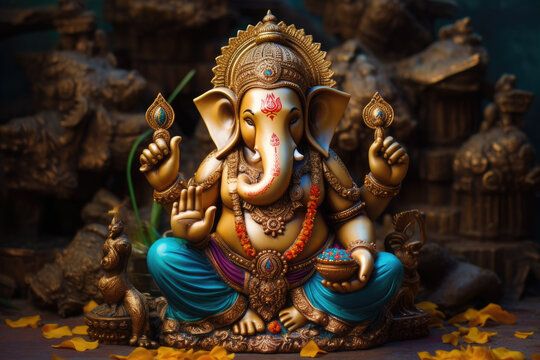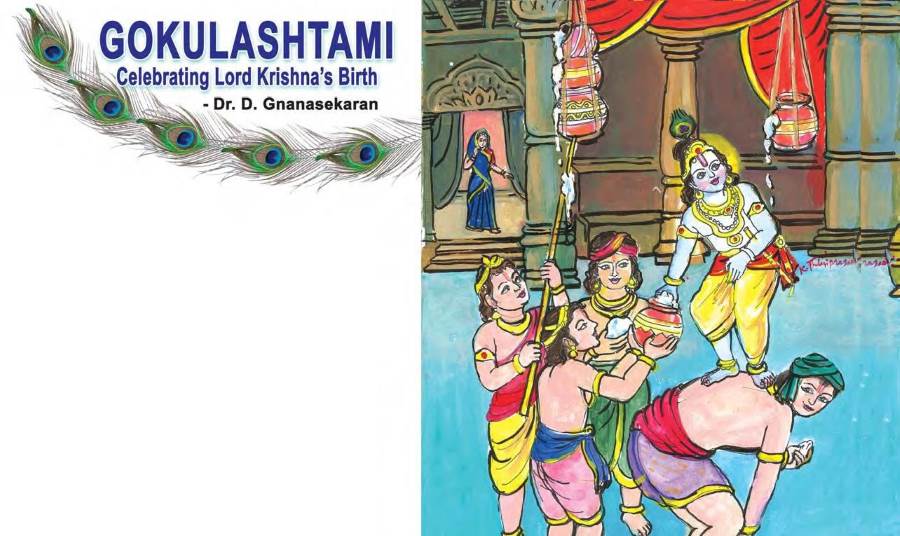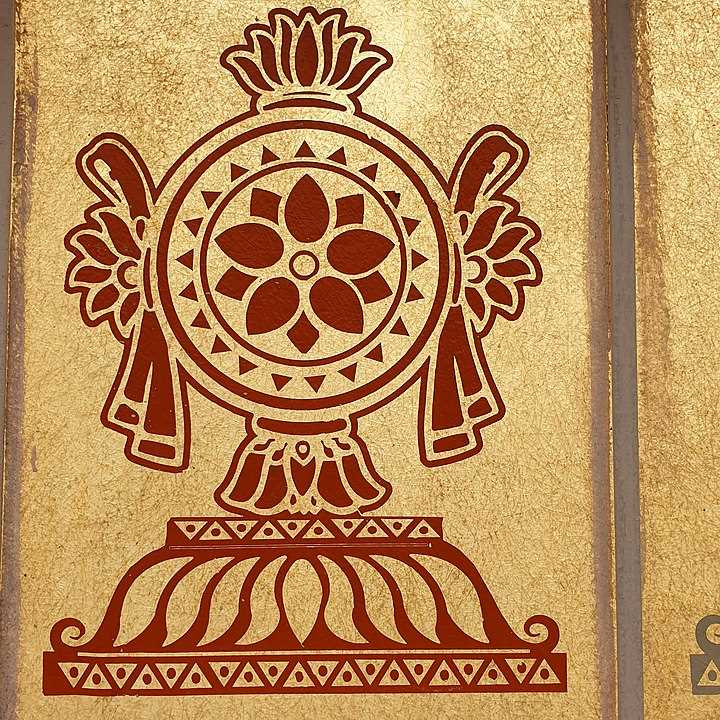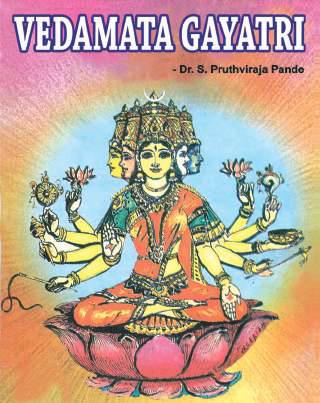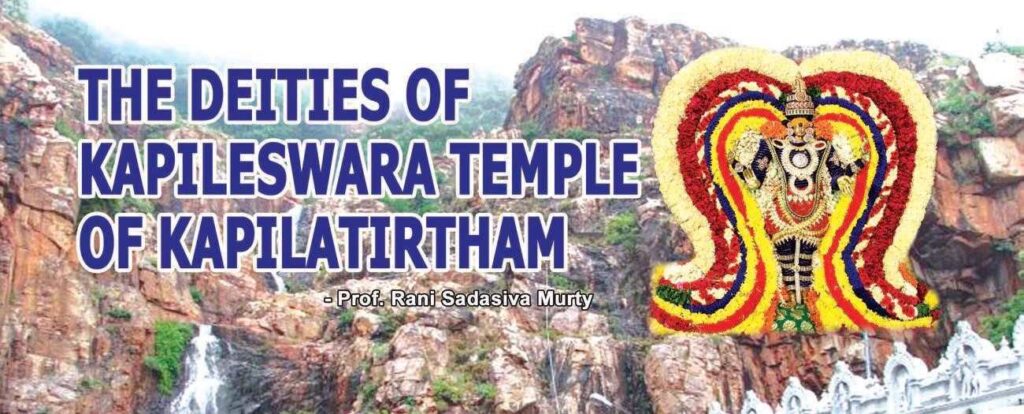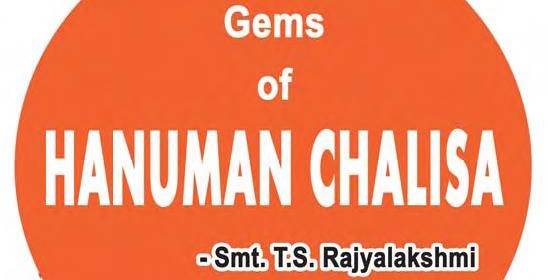Who is Agni? The Hindu God of Fire The embodiment of fire is called Agni. Lord Agni is said to be one of the five elements (called Pancha Bhutas, namely Agni, Vayu, Akas, Jala and Prudvi) on which the entire cosmic creation is based. Further, He is said to be one of the Ashta Vasus Read More
Category: Hindu deities
Hindu deities are the gods and goddesses in Hinduism.
Maathaa Parvati (1 of Adiparaa Sakthi forms) – Significance, Forms & Legends Explained
Parvati: Hindu Goddess of Power, Love & Devotion (Form of Adiparaa Sakthi) Adiparaa Sakthi is often worshipped in three primary forms – Maathaa Saraswati, Maathaa Lakshmi and Maathaa Parvati. These forms are for us to get blessed to the fullest as one cannot directly approach the Supreme. That is why according to temple custom, one Read More
Glorious forms of Lord Ganesha
Glory of Lord Ganesha Ganesha is worshipped across India as the Lord of benignity and auspiciousness. He is also the God of wisdom. Before undertaking any work Hindus offer their obeisance to Lord Ganesha. It is believed that He is instrumental in removing all hurdles, hence he is called ‘Vighneswara’. He is invoked at the Read More
Gokulashtami – Celebrating Lord Krishna’s Birth
Krishna Janmashtami, also known simply as Krishnashtami, Janmashtami, or Gokulashtami, is an annual Hindu festival that celebrates the birth of Krishna, the eighth avatar of Vishnu. Gokulashtami The birth of Lord Krishna represents the triumph of good over evil. He is worshipped as the eighth incarnation (avatar) of Lord Vishnu who is known for his Read More
The Splendour of Goddess Lakshmi
Goddess Lakshmi Goddess Lakshmi is considered the goddess of wealth and prosperity. She also represents prosperity. In the olden days prosperity was considered based on a number of cows and horses. Our ancient mythology says that Goddess Lakshmi rose out of the Milk Ocean when the great churning was done by the gods and asuras Read More
Sudarsan Chakra – Protector of the Good
Sudarsan Chakra Sudarsan Chakra is the most powerful weapon of Lord Vishnu in the form of a rotating disc with sparkling spikes to protect the righteous and destroy evil-minded people. The literal meaning of the weapon is that it is a “wheel with an auspicious vision which is always in motion.” Lord Vishnu as Protector Read More
Gayatri is worshipped as Vedamata
Goddess Gayatri worshipped as Vedamata Goddess Gayatri is worshipped as Vedamata by almost all the people. The Goddess Gayatri’s Gayatri Mantra is the most divine and powerful. She is the goddess of all the Vedas, she is worshipped as ‘Vedamata‘. It is believed in our Sanatana Dharma that the Goddess Gayatri is the manifestation and Read More
Deities of Sri Kapileswara Swamy Temple (Kapila Teertham) – Tirupati
Deities of Sri Kapileswara Swamy Temple The holy Kapila Tirtham is known to have had its first appearance in this region of Seven Hills in an unknown past in the chain of many Mahayugas before the present Kali Yuga. It is because of the fortune and pride of the inhabitants of Tirupati. The Kapila Tirtham Read More
Hanuman Chalisa Lyrics: Read, Listen & Understand the Meaning
Hanuman Chalisa “Hanuman Chalisa” was written by Tulasidas Goswami in praise of Hanuman. Why it is very popular? Because the hymn praises the devotee of the Supreme. If “Bhagavata” is praised, the Supreme Personality of Godhead becomes happy and blesses immediately. Lord is always fond of devotees. Such a devotee is Lord Hanuman the hero Read More
Manifestations of Goddess Lakshmi
Manifestations of Goddess Lakshmi One should be aware of Ashtalakshmis or the manifestations of Goddess Sri Lakshmi. Veda Lakshmi in TretaYuga A sage named Brahmarishi Kushadhvaja was fixated on the Vedas. He was apathetic towards the institution of marriage but enthusiastic about begetting Goddess Lakshmi. One day while pursuing the Vedas, the celestial Narthaki (dancer) Read More
